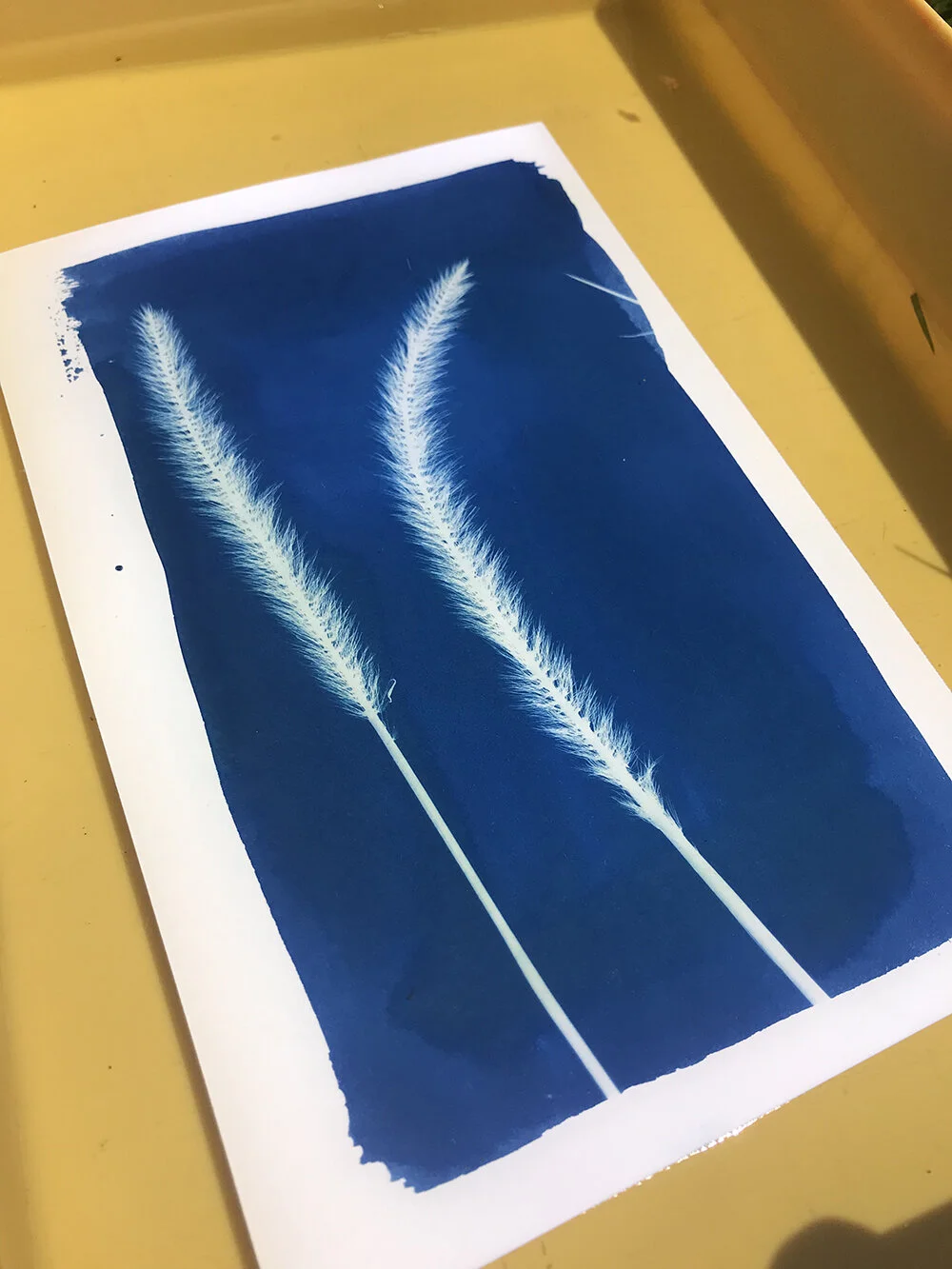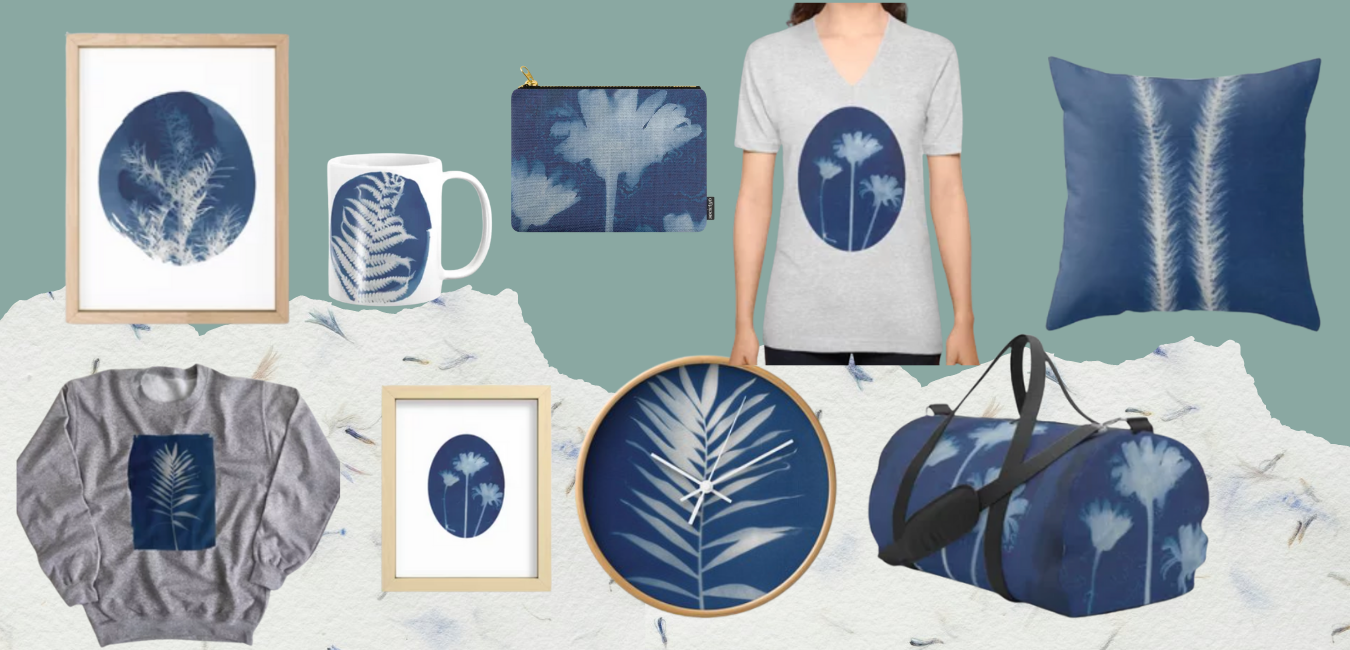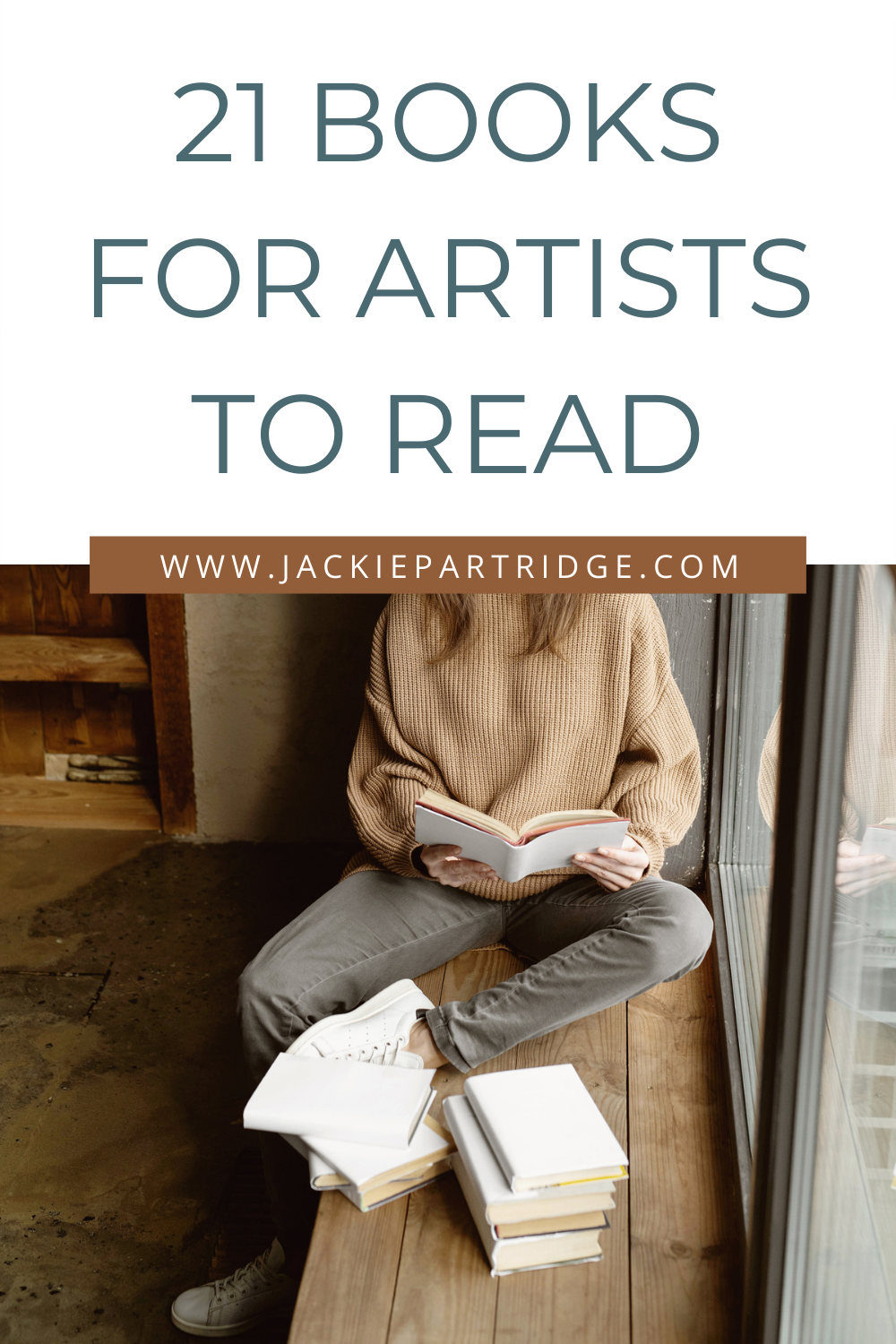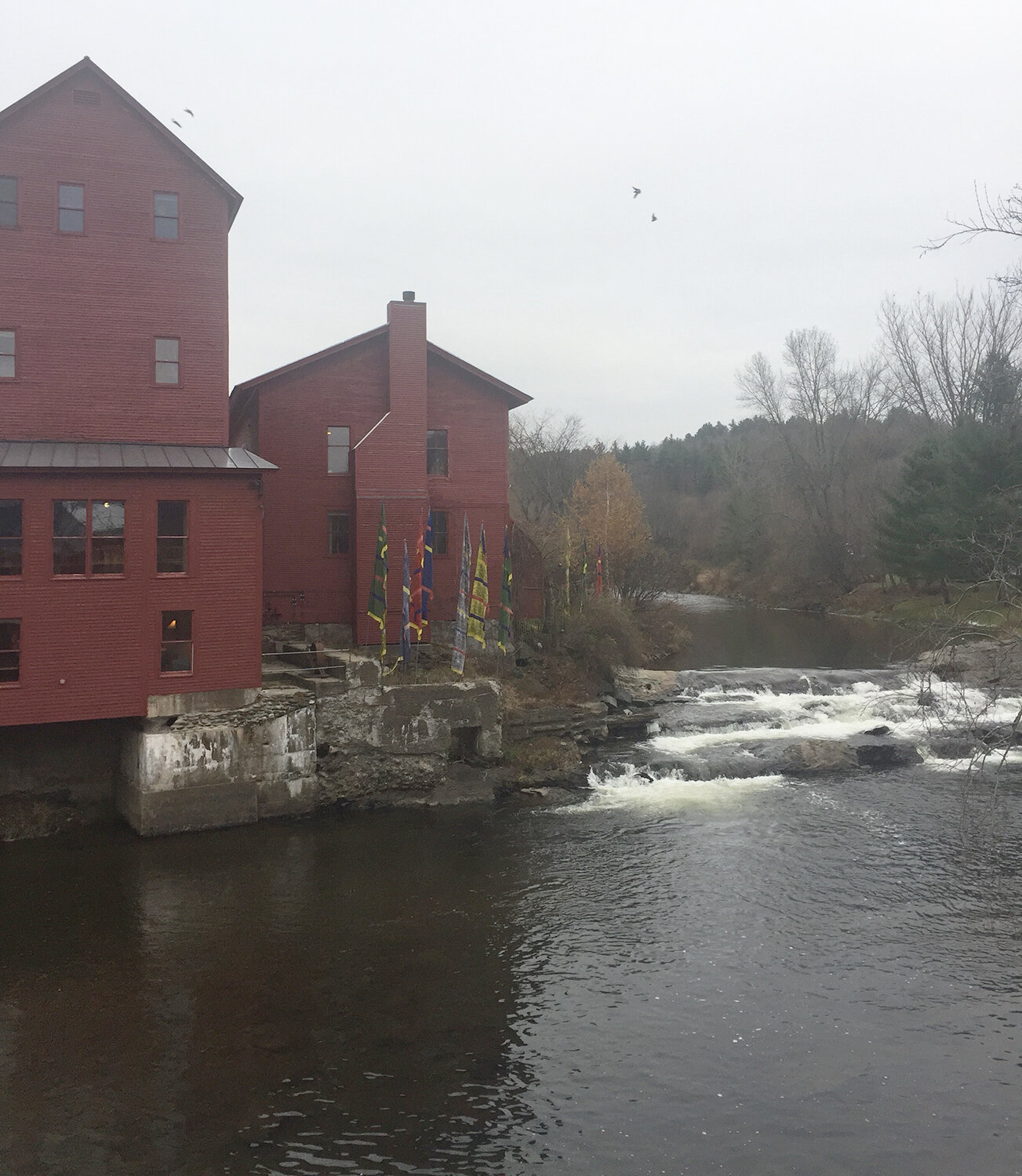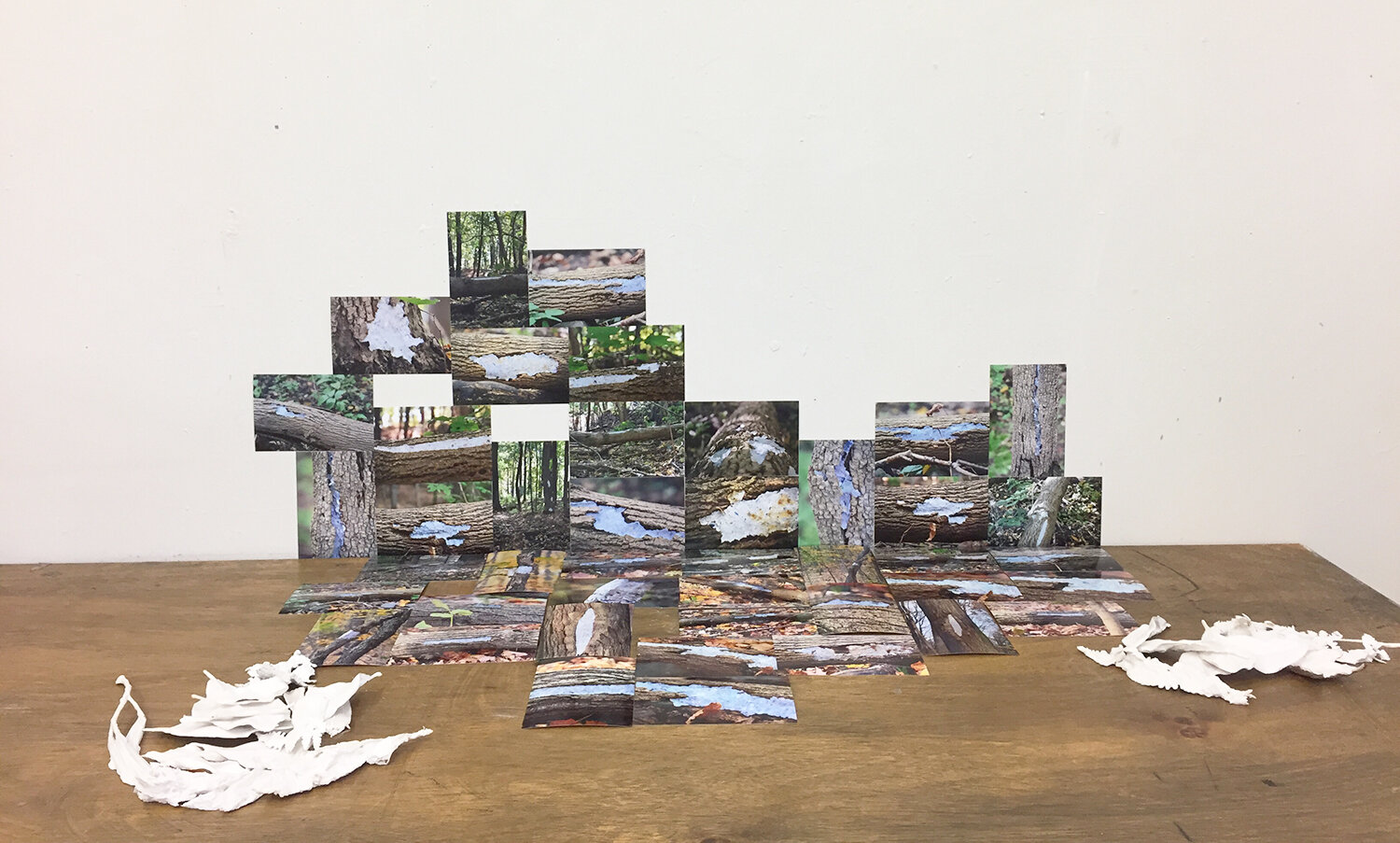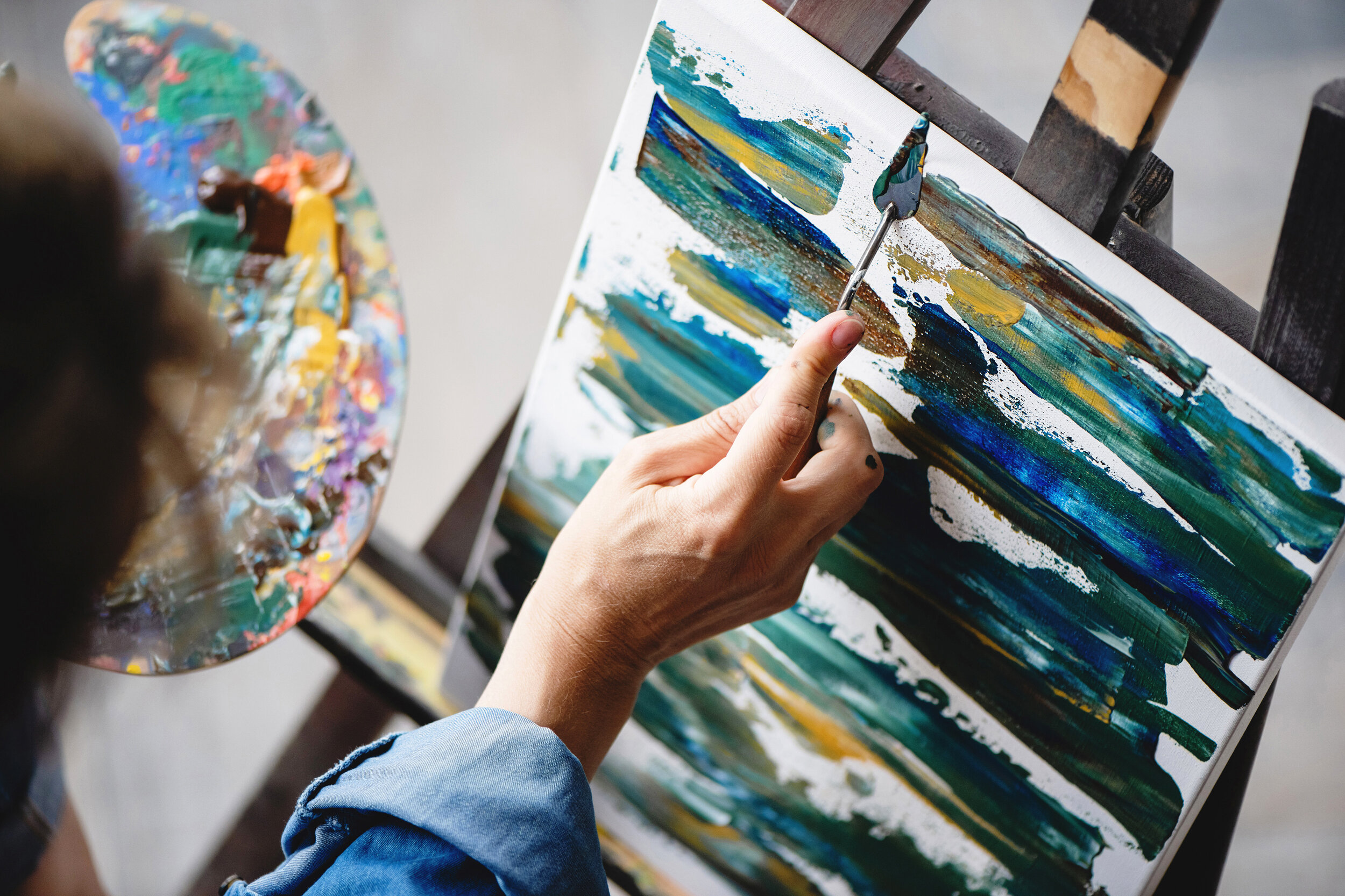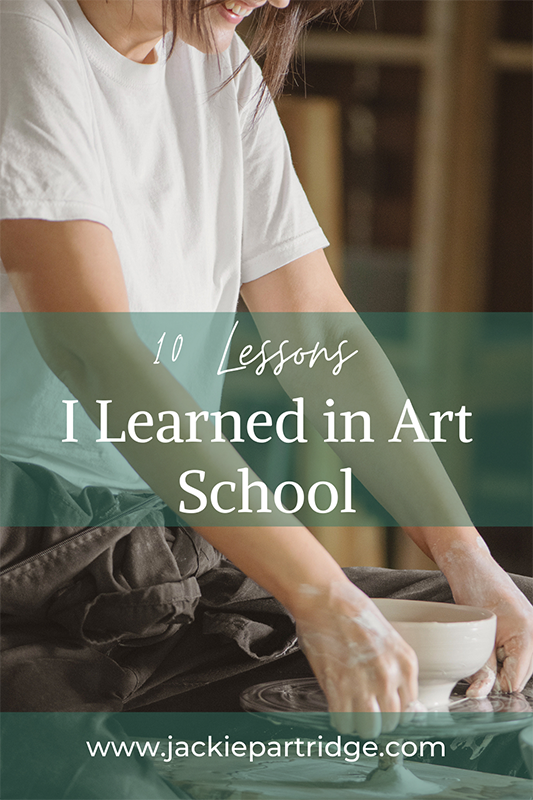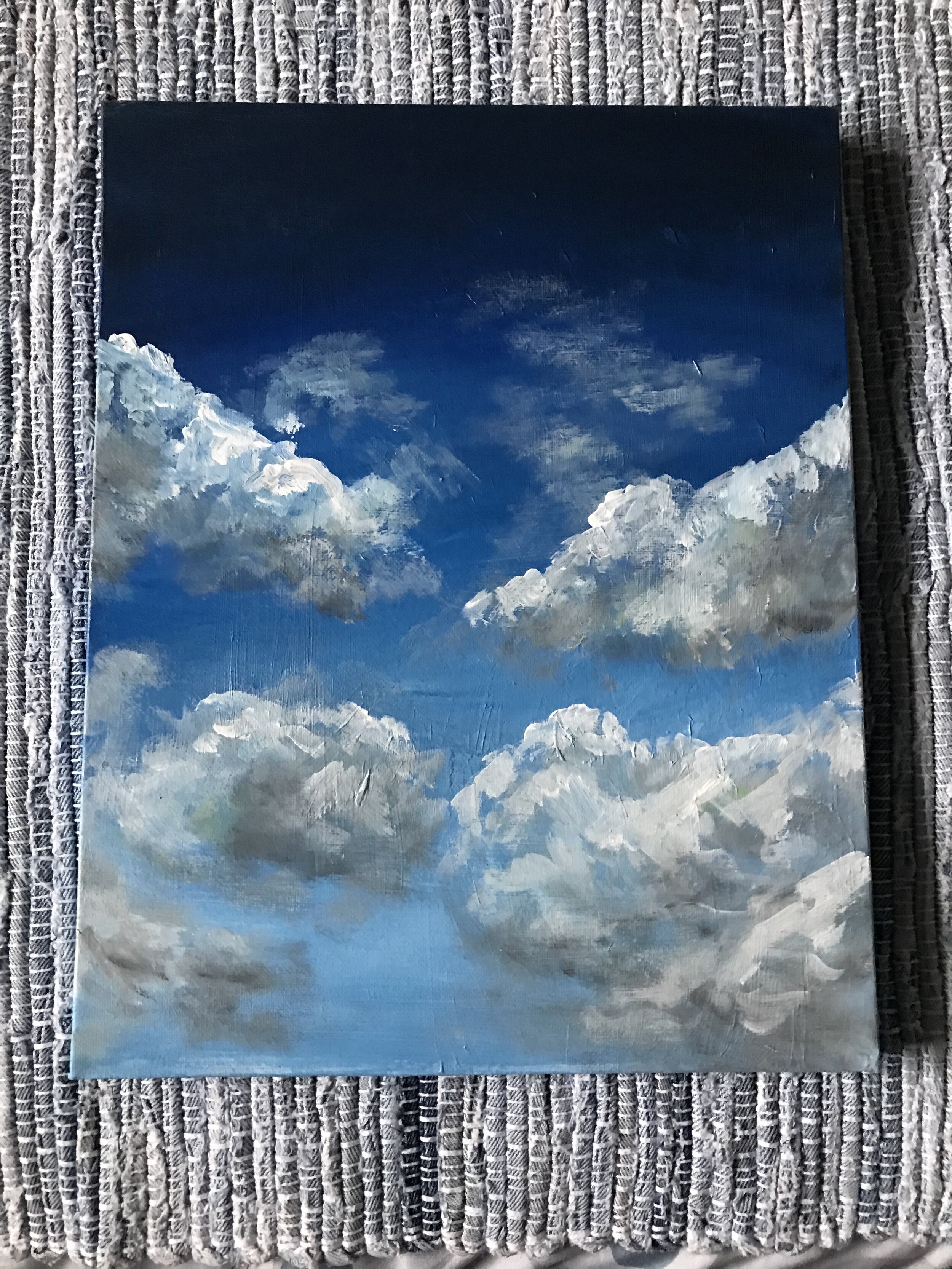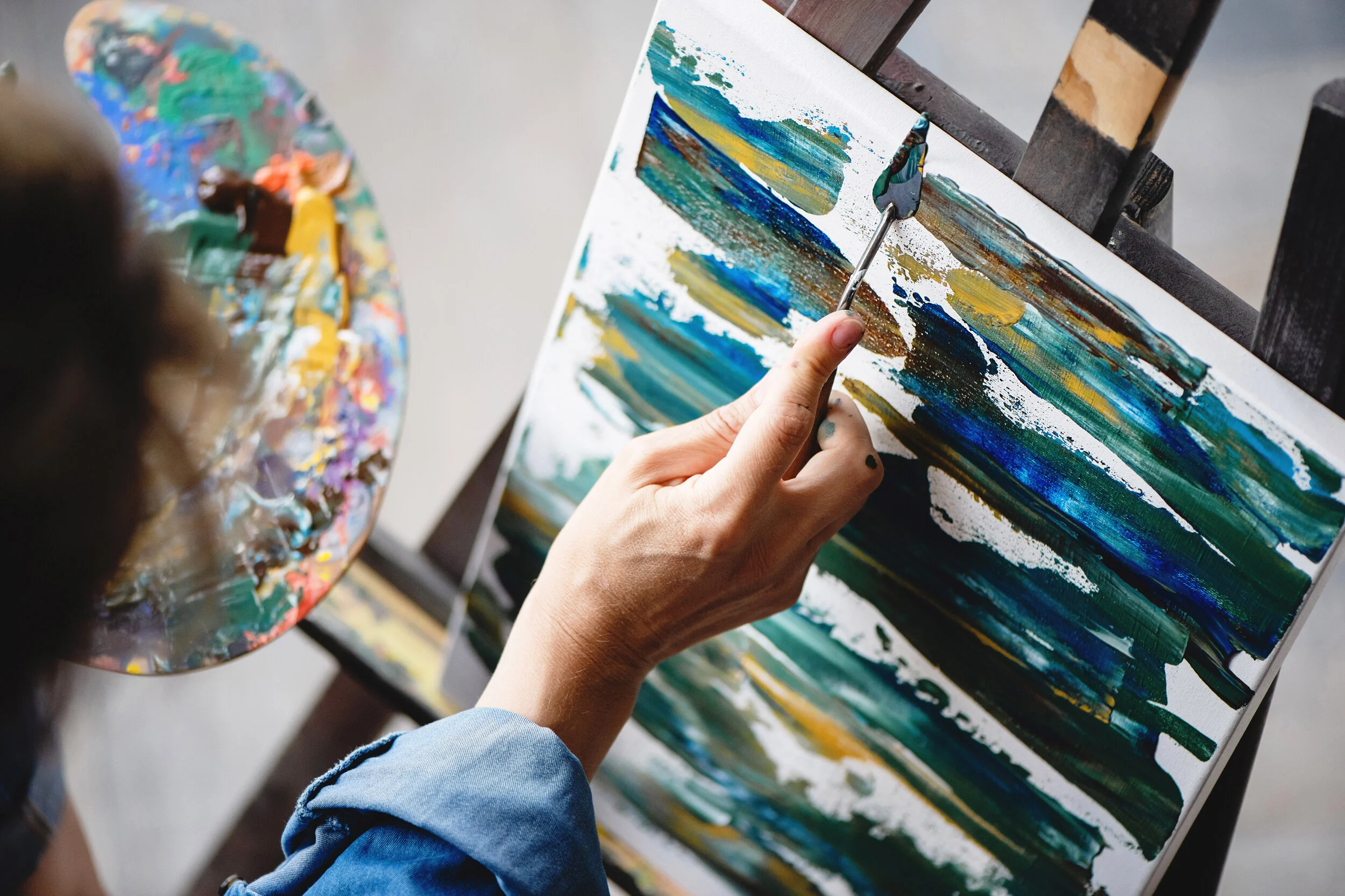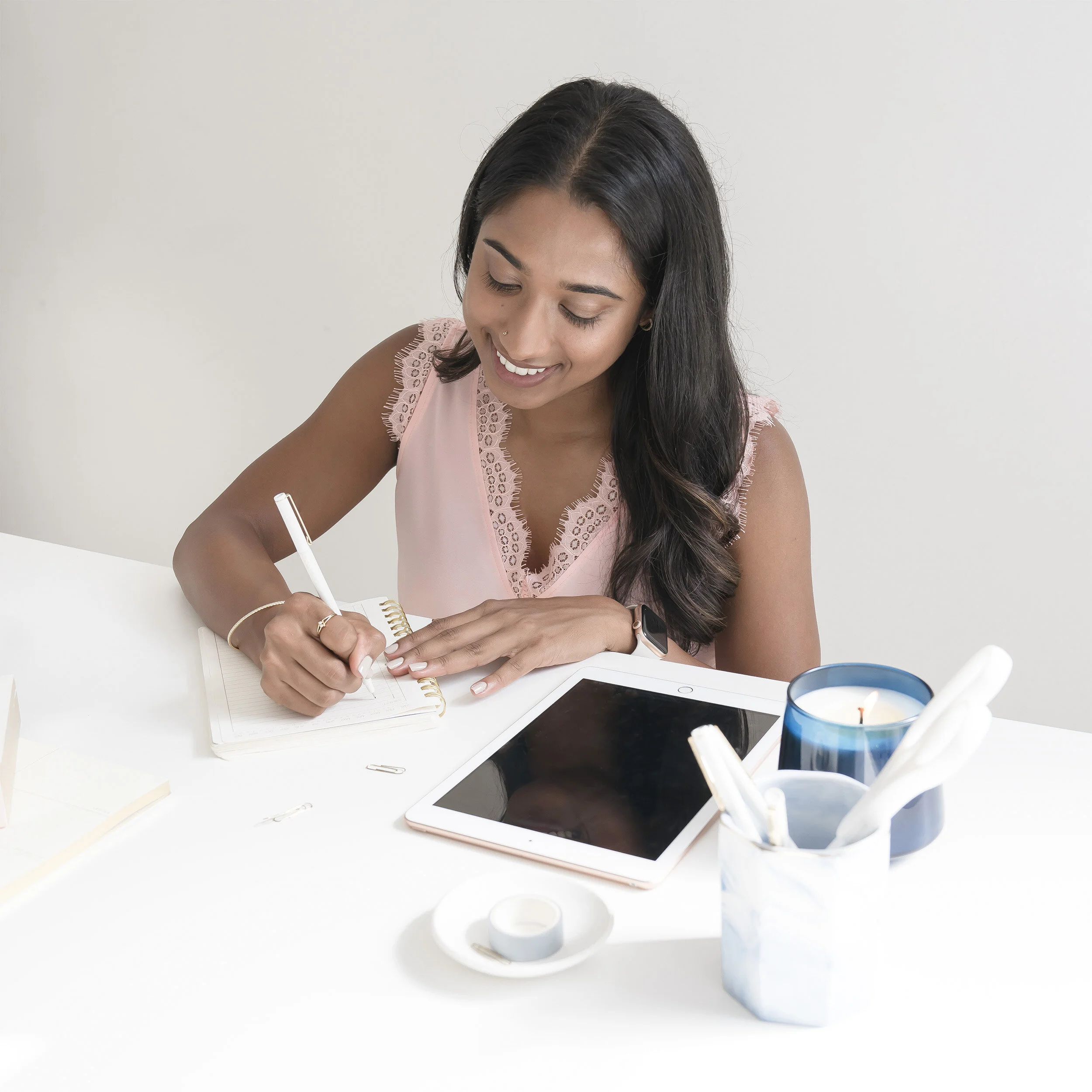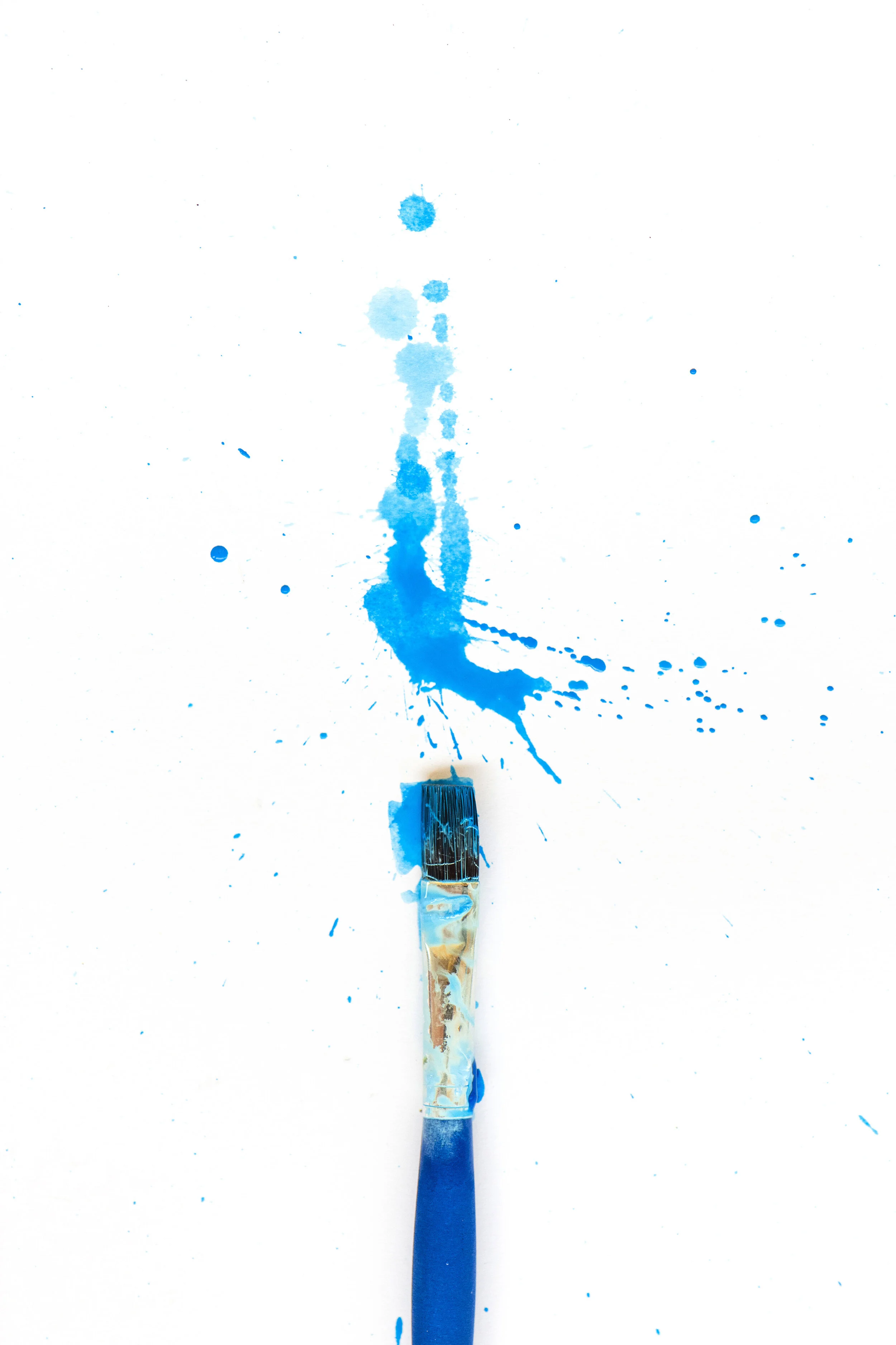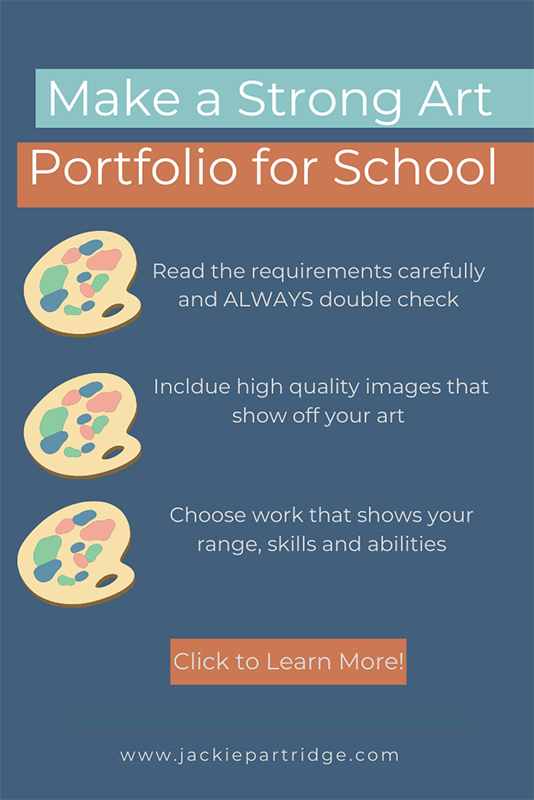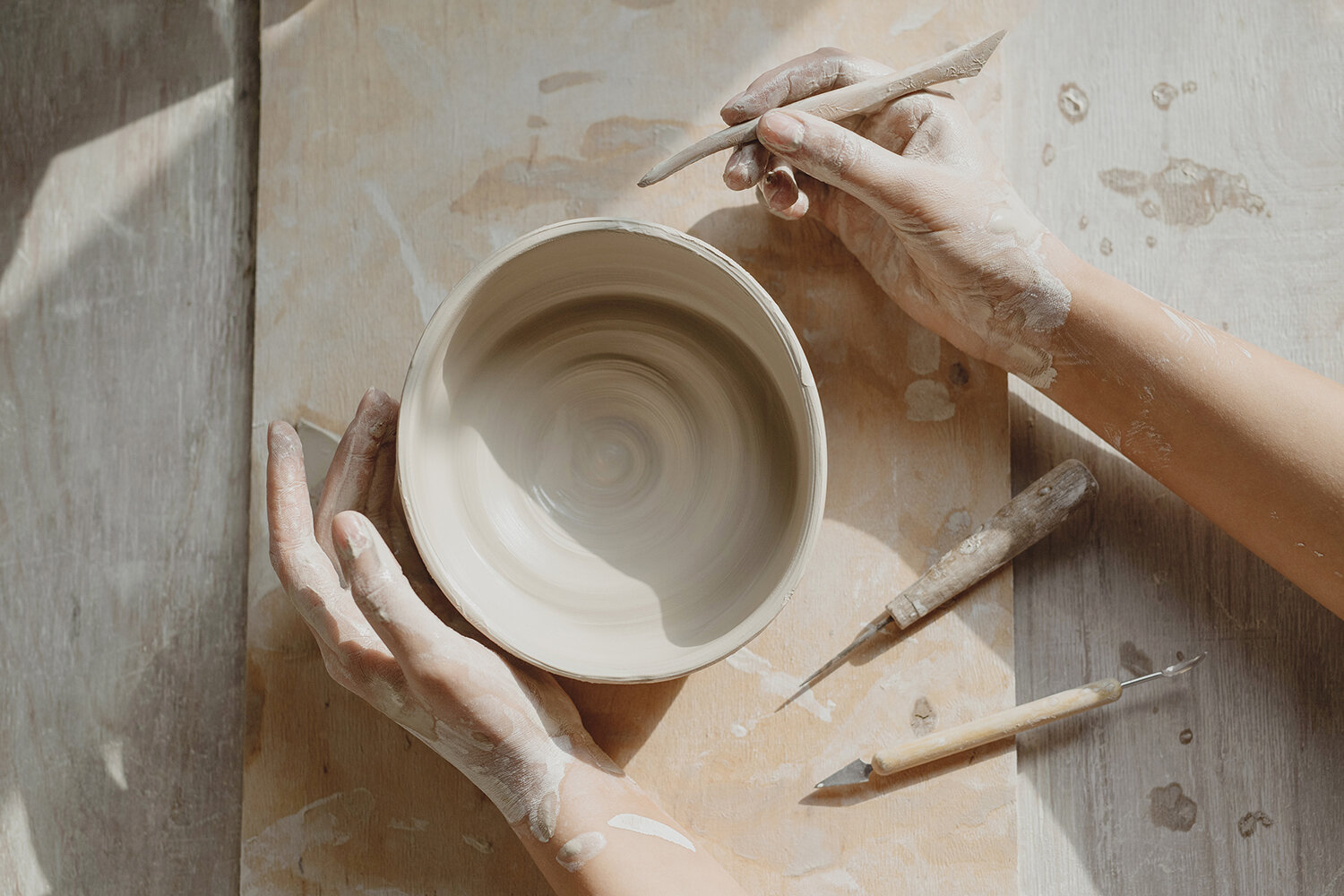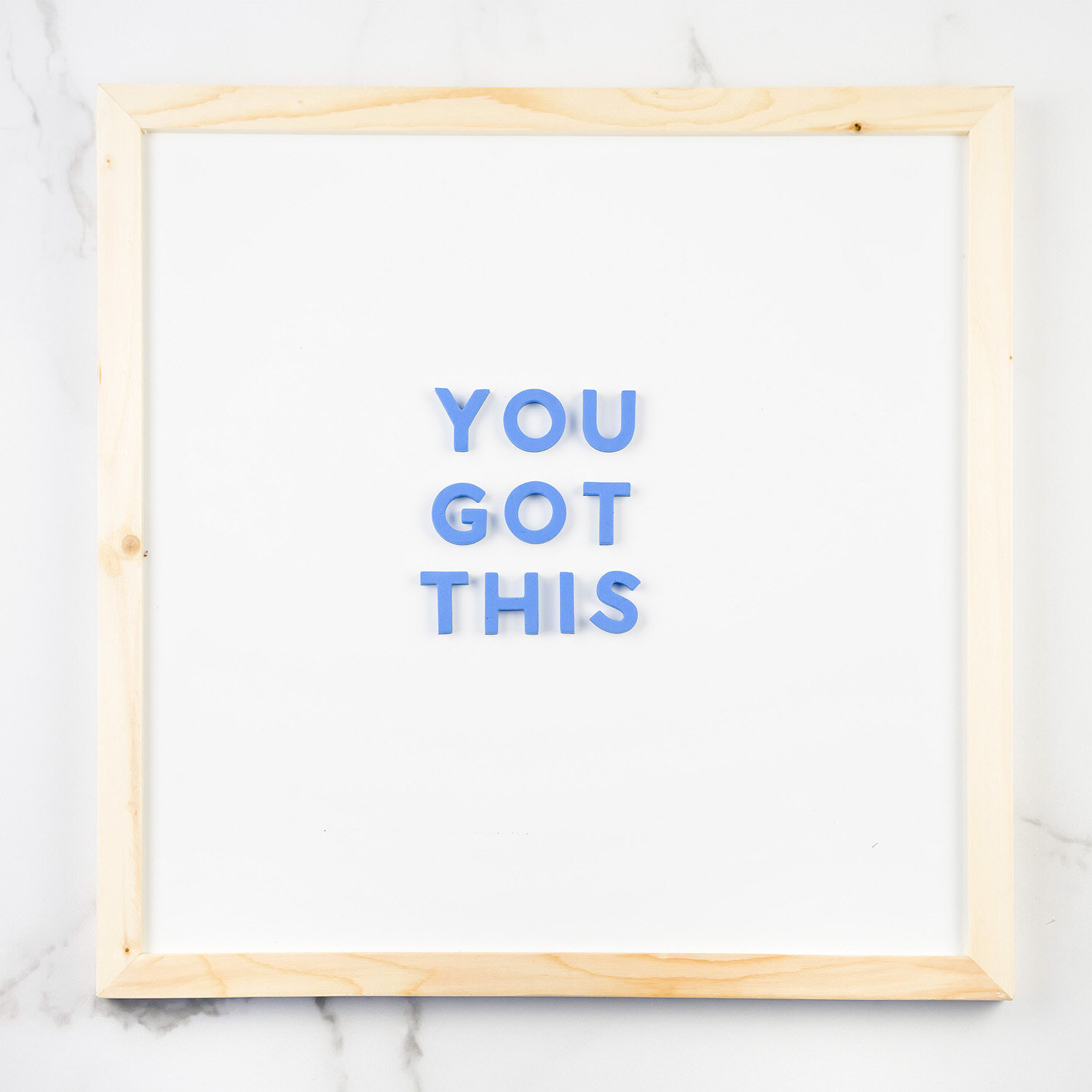What to buy someone who likes art? This may be hard if you don’t like art yourself but as an artist and someone who loves art. I want to help you out! Below is a list of ideas for what to buy someone who likes art! Feel confident in buying the right gift for someone who likes art.
What to Buy Someone Who Likes Art - for the Walls
A gift certificate to get art framed at a local place - KW framing
Or a Michaels or Ikea gift card for frames
What to Buy Someone Who Likes Art - for the artist or aspiring artist
A great sketchbook
A fancy paint brush
Golden acrylic paint - a great company with luxurious paint and rich colours!
Easel
A nice journal and pen from Indigo or Staples
What to Buy Someone Who Likes Art - for the reader
How to Steal like an Artist By Austin Kleon
A book on their favourite artist
What to Buy Someone Who Likes Art - for the viewer
A camera or nice camera bag
Camera cleaning kit
Tripod
A book of art from their favourite artist
A calendar made by their favourite artist
Some of My Favourite Cyanotype Print Designs
These links are affiliate links meaning I get a small commission when you purchase through the links below! Thank you!
I hope you like these ideas of what to buy someone who loves art. Leave a comment below if you have other ideas of what to buy someone who loves art. For more ideas connect with me on social media by clicking on one of the icons below! Check out my shop for original -handmade art here!





